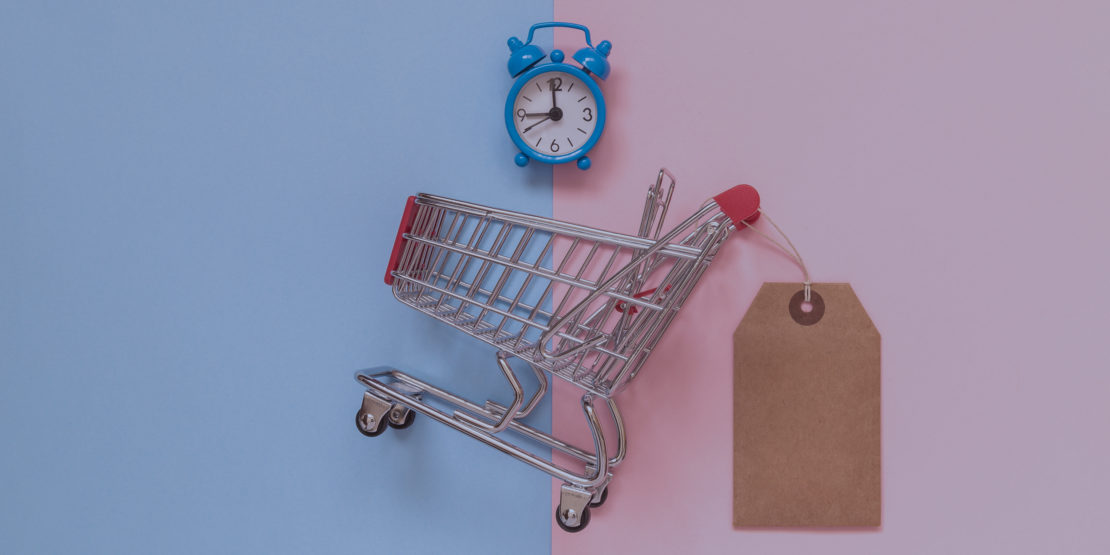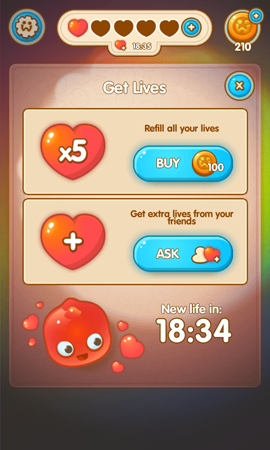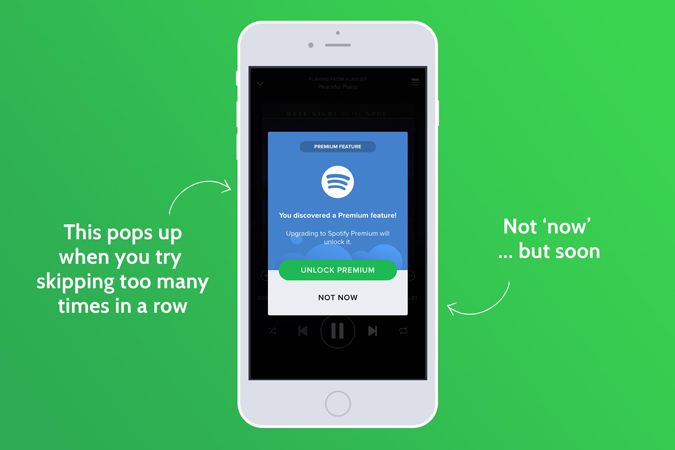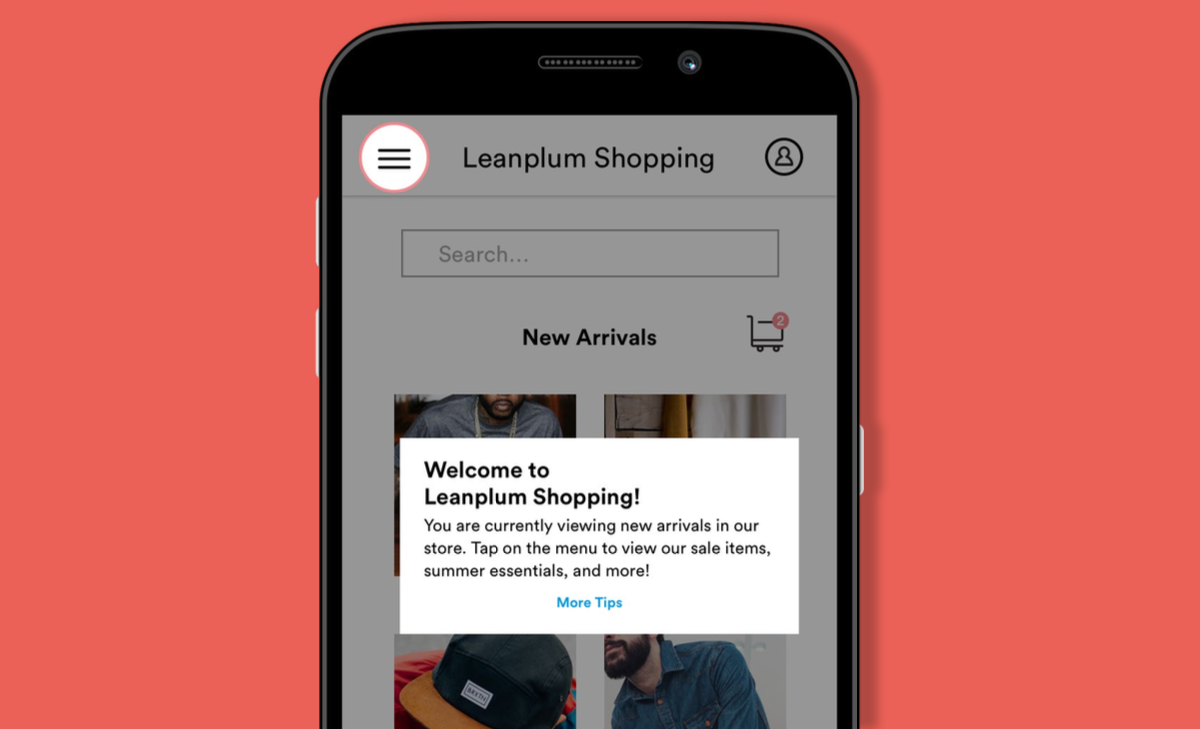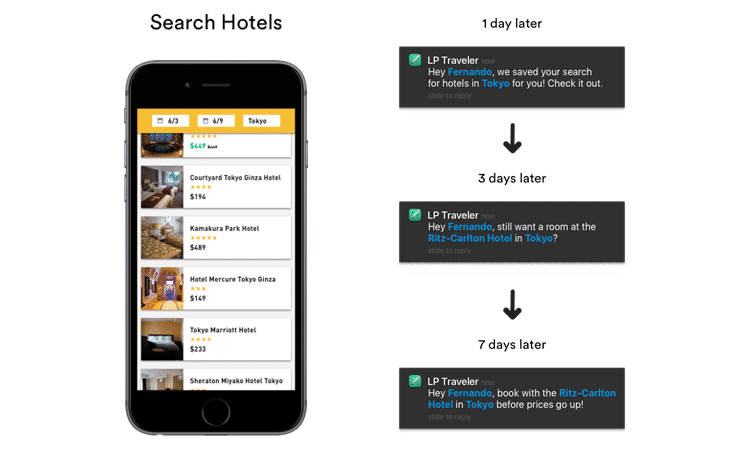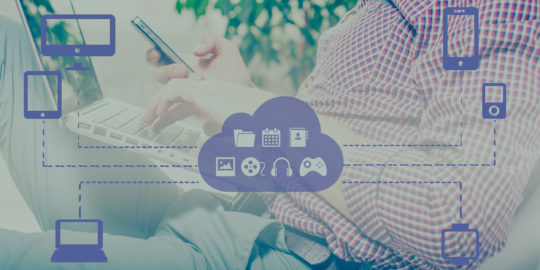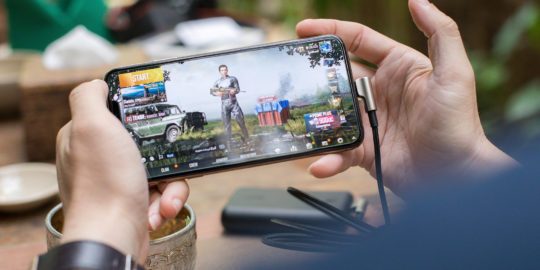Source: Freepik
Mobile in-app purchases are the most direct path to revenue. There are several ways to monetize a mobile app, such as advertising within a free app or charging a subscription for the app itself — but none are as simple and effective as in-app purchasing.
Over the years, many different app verticals have found a way to incorporate in-app purchases into their business model. Games sell extra lives, utility apps sell ad removal upgrades, retail apps sell products directly. Mobile in-app purchases are essential to the industry as we know it.
Unfortunately, guiding mobile users to purchase can be a challenge. It’s easy for digital shoppers, especially mobile shoppers, to procrastinate on purchases. On average, 90 percent of mobile shopping carts are abandoned. Even if users show purchase intent, most people never follow through and check out.
There are fortunately a few techniques mobile teams can implement to encourage mobile in-app purchases. Learn about them below.
Trigger Upsells by User Behavior
Not all mobile purchases are one-size-fits-all. Some types of apps, like music apps or games, sell a variety of secondary products that won’t appeal to every user. The value of these products isn’t obvious until later in the user journey.
One way to drive more purchases is by personalizing promotions to individual user behavior. Instead of blasting discounts and new product announcements to your whole user base, wait until people display interest before targeting them.
Games are good at this type of upsell. The base product — the game — is usually free, and many players are happy to deal with ads and other inconveniences at first. It wouldn’t do much good to spam new users with upsells promising more lives, score multipliers, or an ad-free experience. New users just want to get into the game.
But timing is everything. Players will likely be more inclined to purchase extra lives right after losing their last life, for instance. Or, if a player comes close to beating a high score, you can promote purchasable in-game items that would have boosted their score. These upsells are much more tempting when delivered at the right time.
Source: Jelly Splash
Music streaming apps can plan similar campaigns to convert free users to paid. By default, music apps are usually free, but subscribers can enjoy an ad-free experience with no listening limits.
Intuitively, it makes sense to promote the paid subscription after the user listens to several songs in a row, giving them enough time to tire of the ads. Otherwise, the person might get annoyed at the upsell message before getting annoyed at the actual ads, making for a poor user experience.
For best results, deliver upsells the moment they promise real value for users. Listeners might appreciate a discount on a paid subscription after 10 ads, but not after one.
[bctt tweet=”For best results, deliver upsells the moment they promise real value for users.” username=”leanplum”]
Source: Process Street
Behaviorally triggered push notifications scored a 9x higher open rate in an earlier Leanplum study, so there’s statistical justification to this theory. A/B test your next messaging campaign to see the results for yourself.
Promote Products With In-App Messages
Some apps, like retailers and travel companies, don’t just offer in-app purchases as a secondary feature. Purchases are integral to the app itself. Implicitly, every user of a retail app has some purchase intent. How can mobile marketers convert window shoppers into buyers?
In-app messages are valuable for promoting products. Sales, coupons, and other discounts are a common use case. Most users would be thrilled to launch an app and see a notice for a limited time offer. Just as with brick-and-mortar retail stores, sales must be actively promoted for them to impact conversions.
Having said that, it’s possible for mobile teams to encourage in-app purchases through less common use cases. One approach that’s growing in popularity is personalization. Instead of creating a blanket sale across all products, you can promote sales in select categories to different users. By looking at each person’s browsing and purchase history, you can segment users into different buckets based on their favorite product categories. Then, serve each segment a personalize promotion aimed precisely at their interests.
Another technique is to personalize the copy and content of each message. Even if you’re promoting a store-wide sale, you can still target the message to each user. If a person recently bought an item, you could say something like, “Enjoying your new shoes? Pick up a leather conditioner to keep them shiny & clean — all products are 15 percent off!” Alternatively, if the user hasn’t completed a purchase yet, you could suggest an item from their most browsed category.
One way or another, in-app messages are perfect for drawing attention to sales. They’re one of the best tools for encouraging mobile in-app purchases.
Encourage Checkouts With Push Notifications and Emails
Unfortunately for mobile marketers, purchase intent isn’t the end of the funnel. The deal isn’t done until users input their payment info and tap the buy button. More often than not, this last mile is the hardest.
Mobile messages are the best way to reduce shopping cart abandonment. Specifically, we suggest focusing on push notifications and emails. Both messaging channels reach users outside the app, so it’s okay if they’re not daily active users. If a user adds an item to their cart but never checks out, you can send an automated follow-up to prompt the purchase.
There are a few ways to personalize these notifications for a better success rate.
- Mention the name of the item in the copy, instead of just saying, “You left an item in your cart.”
- If the item’s supply is limited, say that it might go out of stock soon to create a sense of urgency.
- Use a feature like Leanplum’s Optimal Time to ensure reminders are delivered when users are most likely to engage.
Abandoned shopping cart reminders might not generate conversions on their own, but they’re an essential part of any messaging strategy. We’ve seen companies boost conversions by 14 percent with these reminders.
The Universal Way to Lift Mobile In-App Purchases
Purchases are a culmination of many different factors: product selection, app user experience, price, user demographics, and more. But across the board, no matter what type of purchase your app drives toward, there’s a way to leverage mobile messages.
Messaging might not single-handedly deliver customers to your door, but it does tip the scale in favor of purchase. Over time, even a small increase in purchases will lead to a significant amount of revenue. It’s never too late to encourage more mobile in-app purchases. For more great conversion advice read our article on in-app marketing here.
—
Leanplum is the mobile marketing platform built for engagement. We help brands like NBC, Tinder, Grab, TED, and Zynga orchestrate multi-channel campaigns — from messaging to the in-app experience — all from a single, integrated platform. Schedule your personalized demo here.

